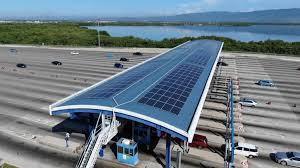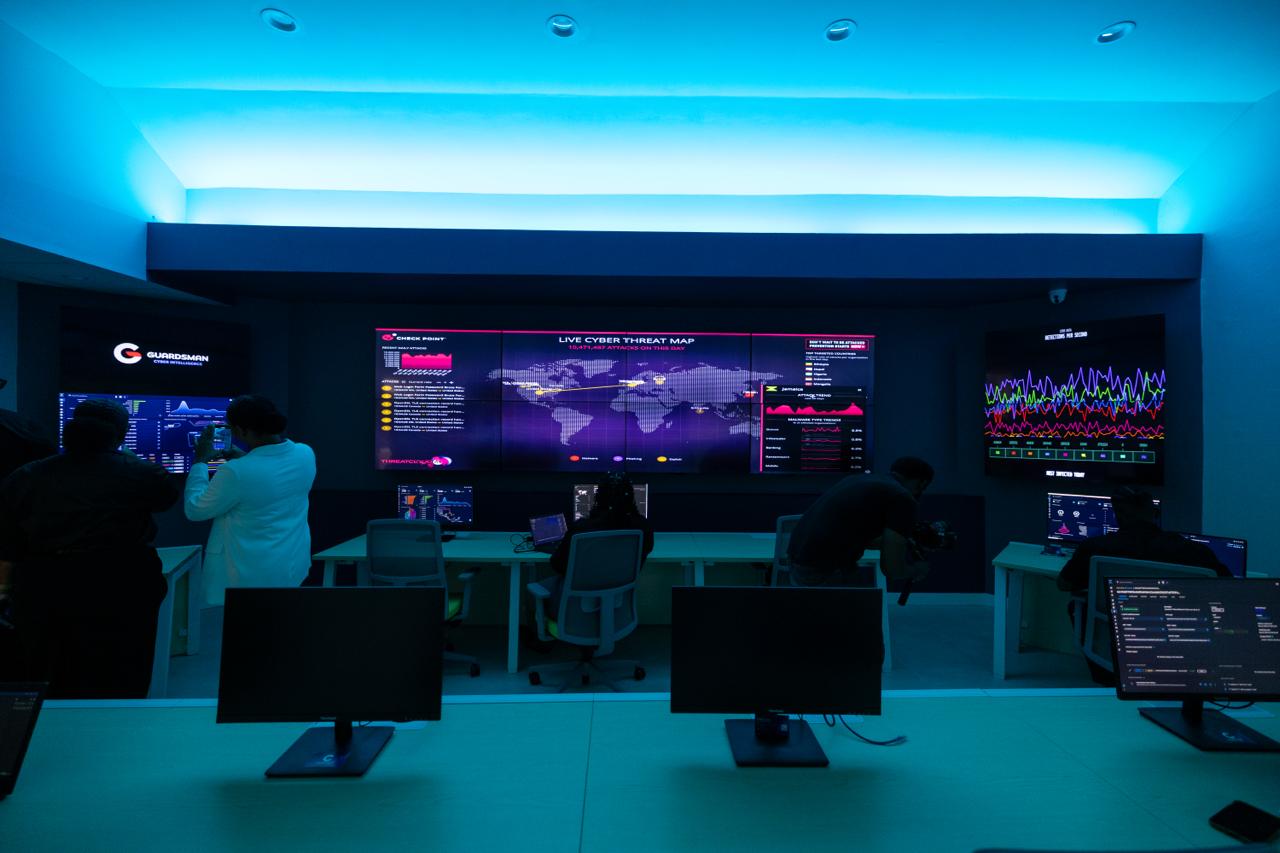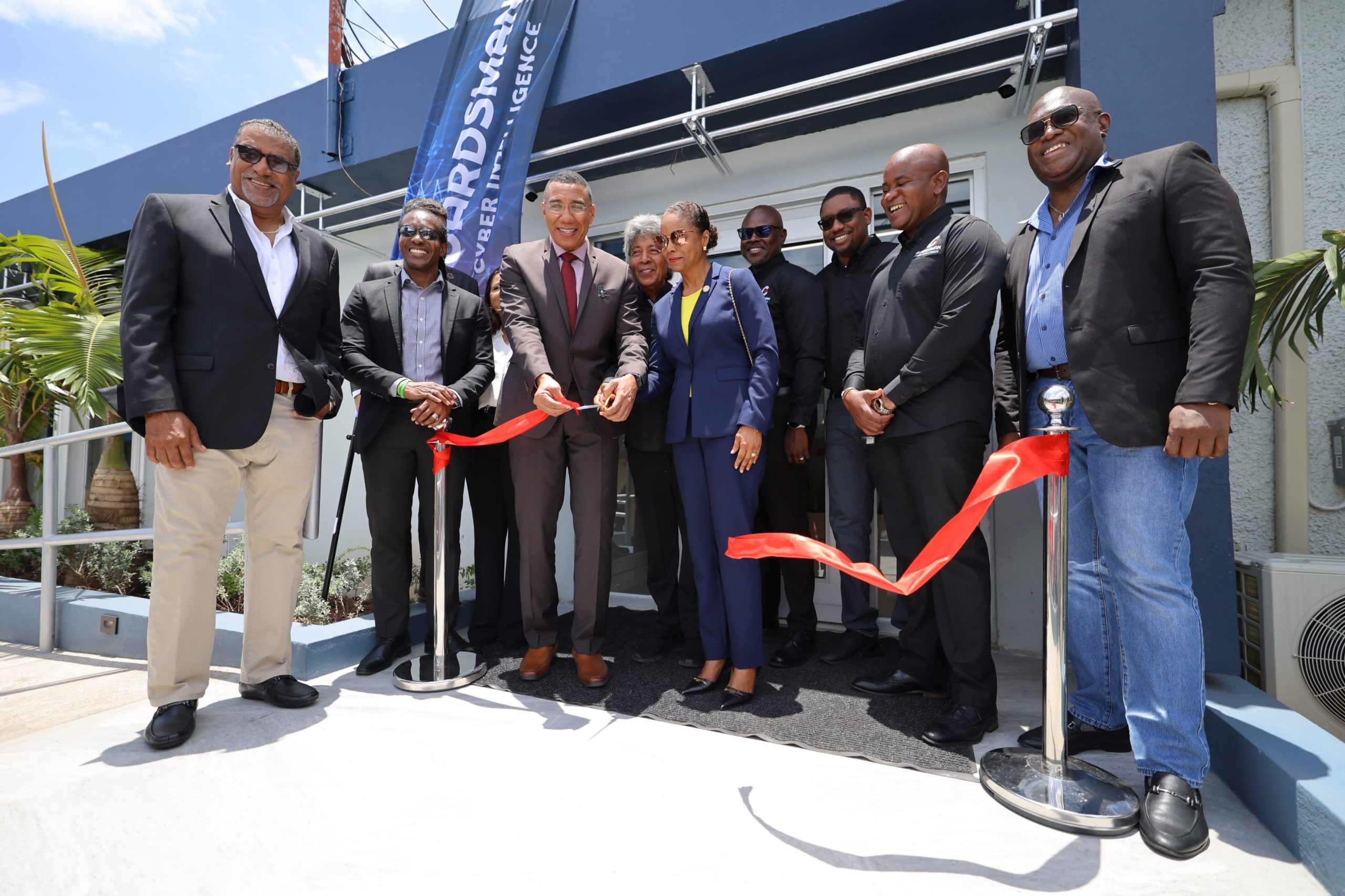In recent years, Caribbean business leaders have increasingly integrated Artificial Intelligence (AI) into their companies to foster innovation, drive efficiency, and tackle region-specific challenges. As AI becomes more sophisticated, Caribbean firms are leveraging this technology to address economic and operational hurdles—from financial services to supply chain optimization. However, the region also faces unique challenges in AI adoption, including limited local AI expertise, data privacy concerns, and the potential for cultural misrepresentation.
One of the primary drivers of AI adoption in the Caribbean has been the financial sector, with banks and fintech firms at the forefront. These companies have implemented AI-driven fraud detection, customer service chatbots, and automated risk assessment models to enhance security and improve customer experiences. In Trinidad and Tobago, for example, banks like Republic Bank have been implementing AI tools to improve fraud detection, helping to safeguard customer transactions and detect suspicious activities more effectively.
In the retail and service sectors, AI is reshaping customer interaction. With consumer preferences shifting toward digital platforms, AI-powered solutions such as chatbots and personalized recommendation engines are becoming more popular. These tools allow businesses to create more engaging customer experiences, increase satisfaction, and drive sales. Some companies in the tourism industry have adopted AI to personalize marketing, predicting and targeting preferences to enhance travel experiences for visitors.
The Caribbean is also home to several initiatives that use AI to address environmental issues. In response to climate vulnerabilities, there’s growing interest in AI solutions for monitoring and predicting weather patterns, as well as in natural resource management. Caribbean companies and governments alike are exploring ways AI can support disaster preparedness and resilience planning, with AI-driven insights allowing faster, more accurate responses to natural disasters. These efforts not only contribute to regional resilience but also have potential appeal for global investors looking to support sustainable initiatives.
Despite these advancements, Caribbean AI adoption is not without its challenges. Many AI algorithms are trained on datasets that may not represent Caribbean demographics accurately, potentially leading to biases or cultural misalignments in AI-driven decisions. In response, local businesses and policymakers are advocating for more inclusive AI practices that reflect the region’s diversity. They emphasize the importance of investing in regional data infrastructure and developing AI training programs to cultivate homegrown AI expertise, ensuring that Caribbean needs and perspectives are represented in AI technologies.
AI adoption in the Caribbean is a strategic shift that has significant potential to reshape industries and create new economic opportunities. By advancing technology, enhancing training, and addressing the ethical implications of AI, Caribbean business leaders are working to position the region as an innovative and sustainable player in the global AI landscape. With these initiatives underway, the Caribbean is beginning to harness the power of AI, paving the way for a future where technology and local needs align seamlessly.
Top 10 AI Tools Caribbean Business Leaders Must Incorporate For Future Growth
To remain competitive and adaptable, Caribbean businesses can benefit significantly from adopting a curated suite of AI tools. Below are the top 10 AI tools Caribbean companies should consider integrating by 2025 to drive efficiency, customer engagement, and operational excellence:
1. ChatGPT (OpenAI)
Why: Natural Language Processing (NLP) chatbots like ChatGPT can improve customer support, streamline queries, and handle FAQs 24/7.
Benefit: Automates customer service, freeing up human resources for complex tasks while improving response time and customer satisfaction.
2. Tableau with AI Integration
Why: Data analytics platforms like Tableau incorporate AI to assist with data interpretation and visualization.
Benefit: Helps Caribbean businesses derive actionable insights from raw data, enabling more informed decision-making and strategic planning.
3. HubSpot AI for Marketing and Sales
Why: HubSpot’s AI-powered tools offer predictive lead scoring, content optimization, and customer segmentation.
Benefit: Boosts marketing efficiency by personalizing outreach and optimizing customer acquisition strategies based on data-driven insights.
4. Zoho CRM with Zia (AI Assistant)
Why: This CRM software uses an AI assistant called Zia, which can automate tasks, interpret trends, and offer predictive analytics.
Benefit: Enhances customer relationship management through predictive customer behavior insights and automates repetitive tasks, allowing teams to focus on building relationships.
5. UiPath (for Robotic Process Automation)
Why: UiPath is an RPA tool that enables businesses to automate repetitive tasks, such as data entry, invoicing, and scheduling.
Benefit: Improves operational efficiency and accuracy by eliminating human error in repetitive processes, which is especially beneficial for businesses in finance, logistics, and customer service.
6. Microsoft Azure AI
Why: Azure offers a suite of AI services, including machine learning, cognitive services, and language processing.
Benefit: Azure AI can be tailored to meet diverse needs, from predictive analytics to enhancing cybersecurity and implementing smart supply chain solutions.
7. Hootsuite Insights with AI-Driven Social Media Management
Why: AI in Hootsuite provides real-time social media analytics and predictive scheduling for posts.
Benefit: Assists companies in managing brand presence across multiple platforms by providing actionable insights and optimizing engagement times.
8. Salesforce Einstein (AI-Integrated CRM)
Why: Salesforce Einstein enhances CRM by offering AI-powered sales predictions, personalized marketing, and customer insights.
Benefit: Improves customer retention and personalization efforts, making it easier for businesses to predict customer needs and deliver targeted solutions.
9. IBM Watson for Cybersecurity
Why: As AI for cybersecurity, Watson can detect threats, provide recommendations, and automate responses.
Benefit: Strengthens cybersecurity defenses, a critical aspect as cyber-threats continue to evolve in sophistication. This is especially crucial for financial and tech-centric industries in the Caribbean.
10. DataRobot (Automated Machine Learning)
Why: DataRobot simplifies machine learning model deployment, making AI accessible for non-specialists.
Benefit: Allows businesses to predict trends, optimize inventory, and even personalize customer experiences by leveraging predictive analytics without extensive data science expertise.
Incorporating these tools can give Caribbean businesses a competitive edge, improve decision-making, foster better customer relations, and safeguard data security. As AI becomes a standard component of business strategy, these tools enable leaders to leverage data and technology to meet the evolving demands of their markets.



 Businessuite Women2 weeks ago
Businessuite Women2 weeks ago
 Businessuite News244 weeks ago
Businessuite News244 weeks ago
 Businessuite News24 International4 weeks ago
Businessuite News24 International4 weeks ago
 Businessuite News243 weeks ago
Businessuite News243 weeks ago
 Corporate Feature4 weeks ago
Corporate Feature4 weeks ago
 Businessuite News245 days ago
Businessuite News245 days ago
 Business Insights2 weeks ago
Business Insights2 weeks ago
 Businessuite Markets3 weeks ago
Businessuite Markets3 weeks ago




















